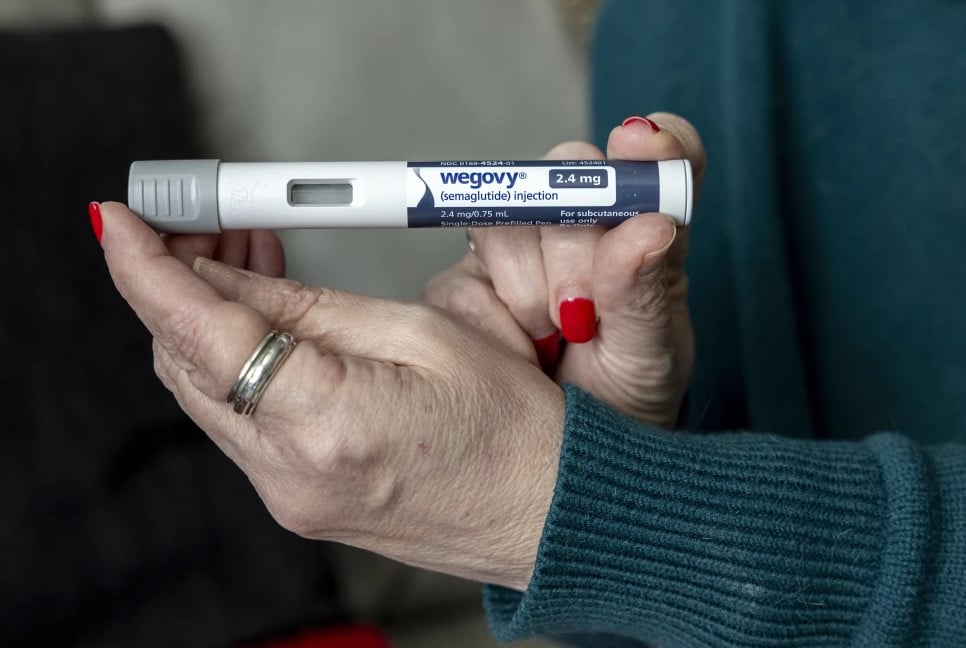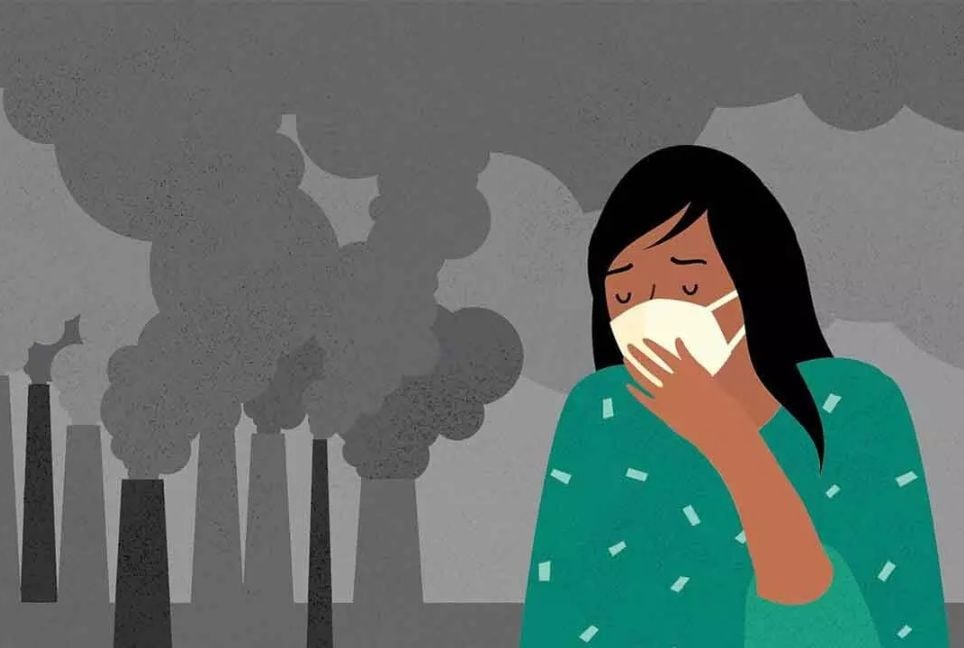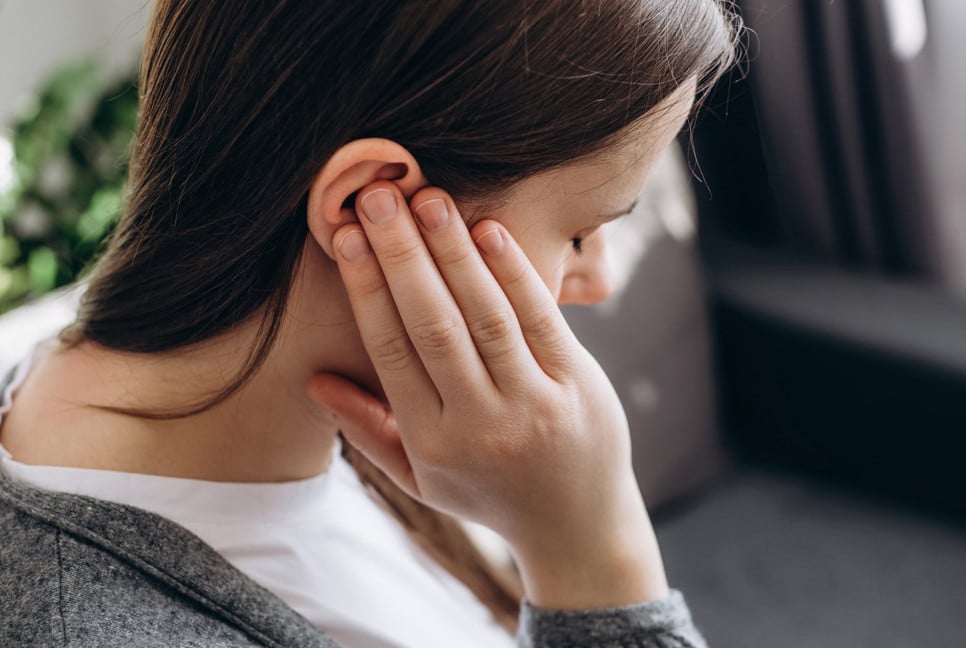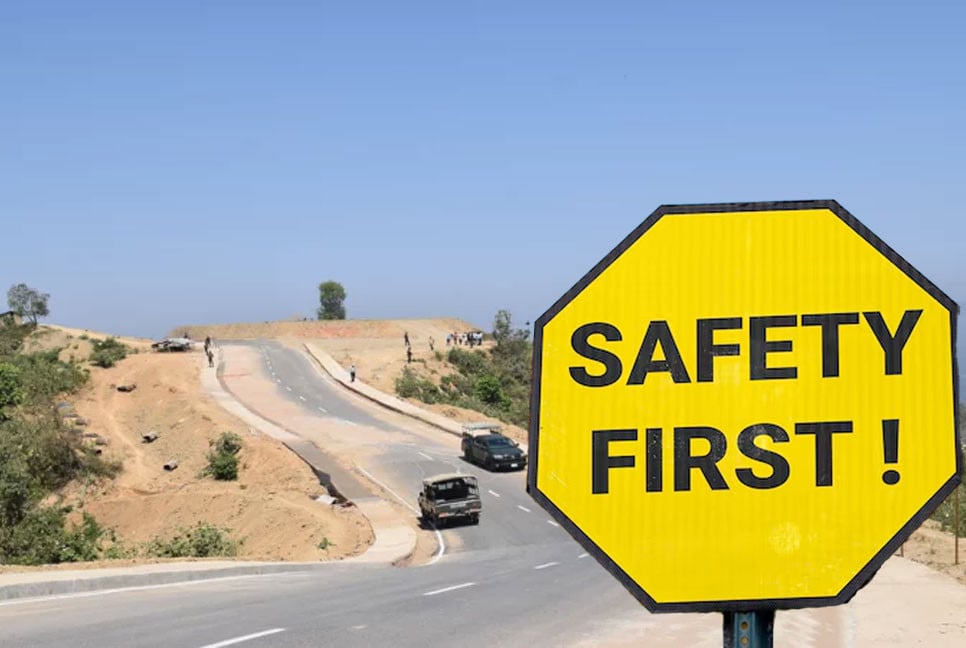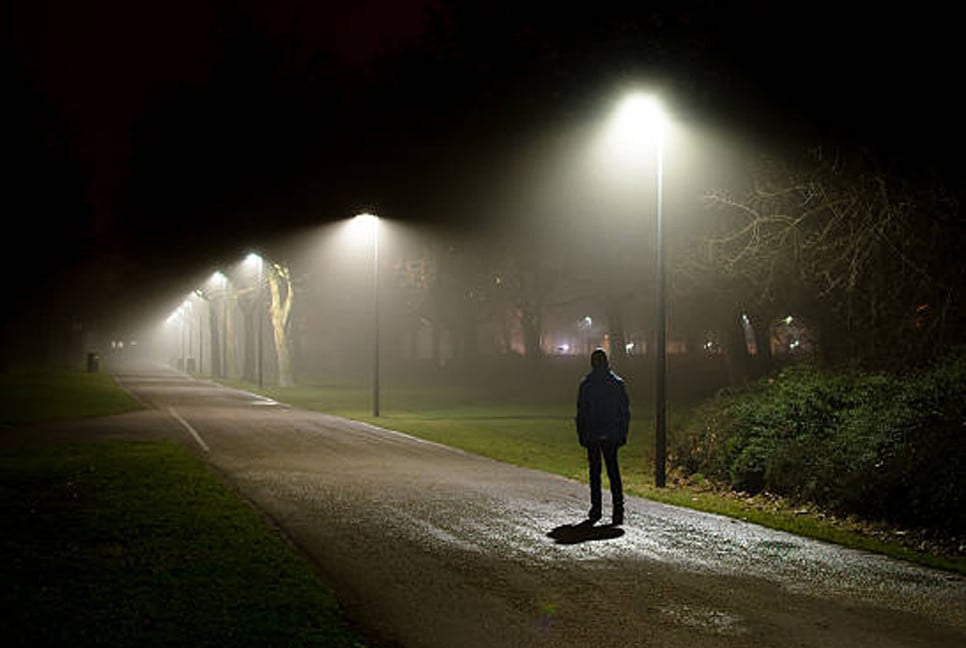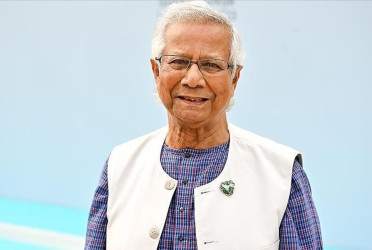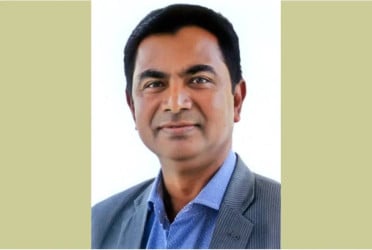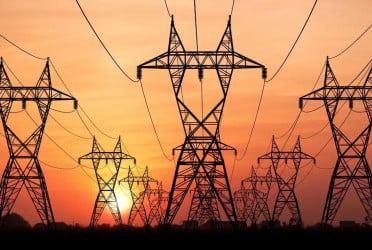The world is increasingly becoming a race, and the emphasis on productivity, activity, and performance seems overwhelming. Pressures arise from work demands, social expectations, and other factors that continually instruct us to keep going, regardless of the consequences. In the run-up to 2025, it is increasingly acknowledged that rest is not merely a desire but an imperative to sustain one's mental health. The practice of doing nothing- in other words, the practice of resting, was increasingly viewed as a means of rejuvenating oneself and a source of improved well-being and, ultimately, an enhanced quality of life.
The Cultural Shift Toward Rest
For decades, the idea of rest was associated with laziness, reflecting weakness or low ambition. This was a powerful mindset present among the cultures of many nations, especially in high-pressure environments such as workplaces, schools, and social media. However, this view is slowly changing, with the realisation that it is essential to be still, relax, and not do anything. Such cultural change especially hits home even harder now after the pandemic, which drove innumerable people to rethink their work-life balance and mental health priorities.
As 2025 beckons, a visible paradigm shift towards recognising rest from being a luxury to an essential aspect of sustainable productivity, creativity, and emotional stability has emerged. Many experts argue that rest is not just good for us; it is necessary for mental and physical health.
Mental Health and Rest: A Crucial Connection
Rest is not simply inactivity; it is a phase in which the mind and body recuperate, heal, and regenerate. Our brain needs stillness to process information, build memories, and restore energy. Ignoring the necessity of rest and recovery often leads to chronic stress, burnout, and anxiety.
Studies are consistent that lack of sleep and continuous stress lead to actual damage to good mental health: depression, anxiety, and even reduced cognitive abilities. As people take a deep nap, meditate, or focus on living in the moment, their brains are finally given a break from overstimulation, which modern life often puts up. The increasing awareness of mental health in 2025 indicates how pivotal physical and psychological rest is to overall well-being.
The Science Behind Doing Nothing
Doing nothing has been seen as a period of brain recovery time. Neuroscientists have studied the idle time of the brain. Evidence recognises that rest periods might engage the brain’s default mode network (DMN), active during creativity, emotional processing, and memory consolidation. In other words, doing nothing supports the brain’s natural processes-including mental clarity and emotional equilibrium.
That is why a short “idle” moment, a purposeless walk or a sit-in stillness can be so decisive. Rather than feeling guilty-noshing that all-important productive time has slipped away, those moments let the brain respite to process some emotion and gear up for another round of action. In 2025, accepting rest may be one of the better strategies to help the brain act smoothly and improve emotional resilience.
Practical Ways to Incorporate Rest
While the idea of doing nothing seems easy in theory, it can be challenging to slow down in practice. Packed with commitments and many of us permanently plugged into our devices, it’s often difficult to disengage from the world. That said, there are a few practical ways to create more space for rest within your routine without radically changing your style of living.
- Schedule Unplugged Time: Set aside some chunks of your day for unplugging. This means no email, social media, or just quiet time.
- Practice Mindfulness or Meditation: A few minutes each day spent in meditation, focusing on breath alone, is highly restorative for the brain.
- Take Short Naps: A short power nap may take somewhere between 10 and 20 minutes, refresh the brain, and restore focus, creativity, and mood.
- Indulge in Passive Hobbies: Passive hobbies like reading, listening to music or even watching people provide the brain with refreshing eco-therapy.
- Sleep: Make sure you do everything possible to sleep restful hours with proper quality sleep. Sleep is the kind of rest that is most efficient for a brain.
The Social Stigma of Rest: Breaking Free
One of the barriers to embracing rest as a mental health priority is the social stigma surrounding idleness. In many cultures, people are often judged for taking breaks or relaxing too much. This societal expectation to always be busy can lead to feelings of guilt when we take time to rest.
However, as the conversation around mental health evolves in 2025, this stigma is starting to dissipate. Influential voices in wellness, psychology, and even corporate leadership are increasingly championing the importance of rest. The idea that rest can fuel greater productivity, innovation, and personal satisfaction is gaining ground. As we prioritise self-care, the notion that rest is a sign of laziness is slowly being replaced with an understanding that it is an essential part of a healthy and balanced life.
Embracing Rest as a Mental Health Priority
The further we go into 2025, the more significant becomes the call for prioritising rest. “The art of doing nothing” is neither ignoring responsibilities nor developing laziness; instead, it’s permitting ourselves to attain some recharging to be ever more present, focused, and resilient in each aspect of life. In such a world of unending movement, nothing is better than taking a moment to be still to keep itself one sane.
Source: The Indian Talent
Bd-pratidin English/Lutful Hoque



